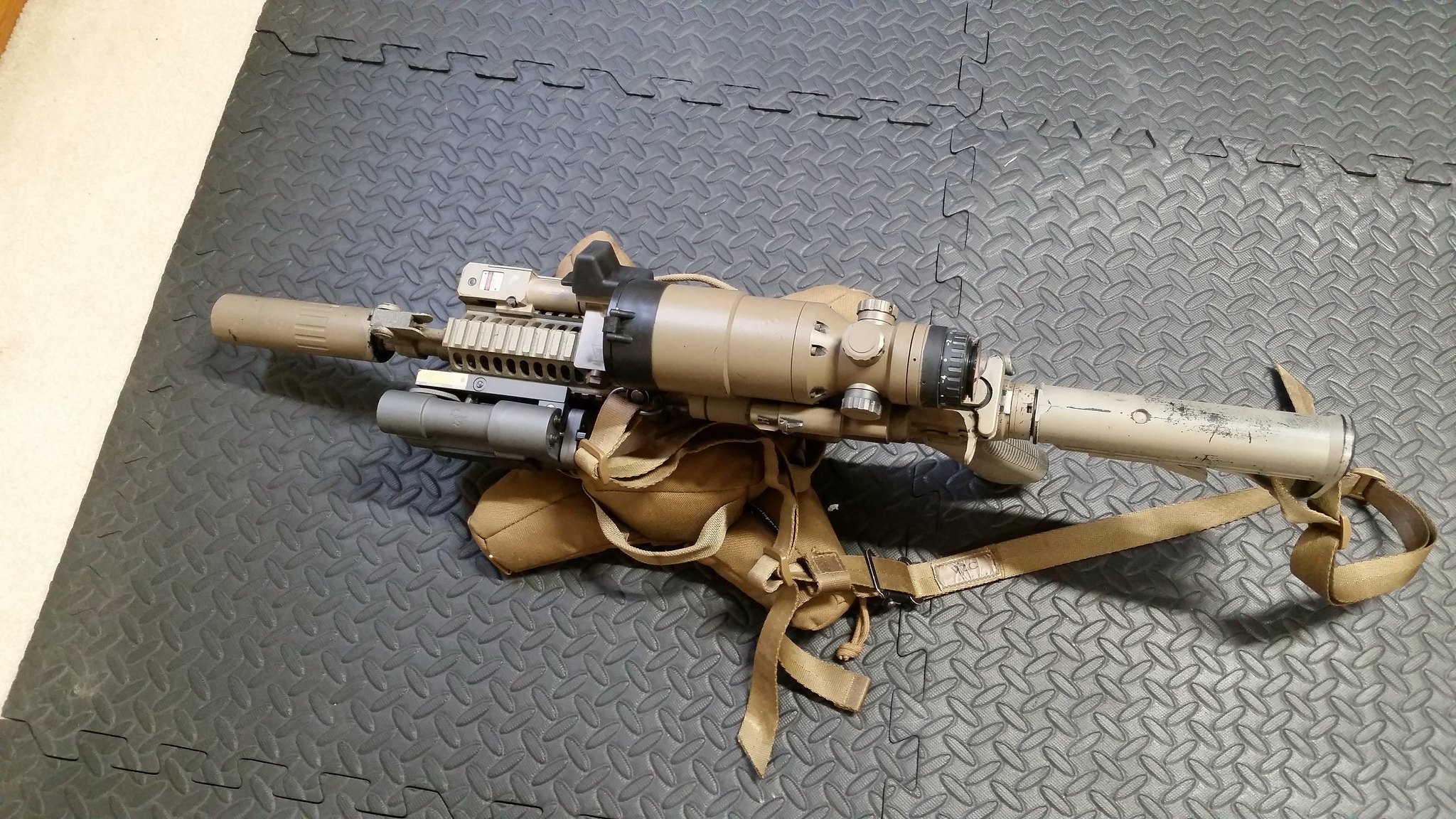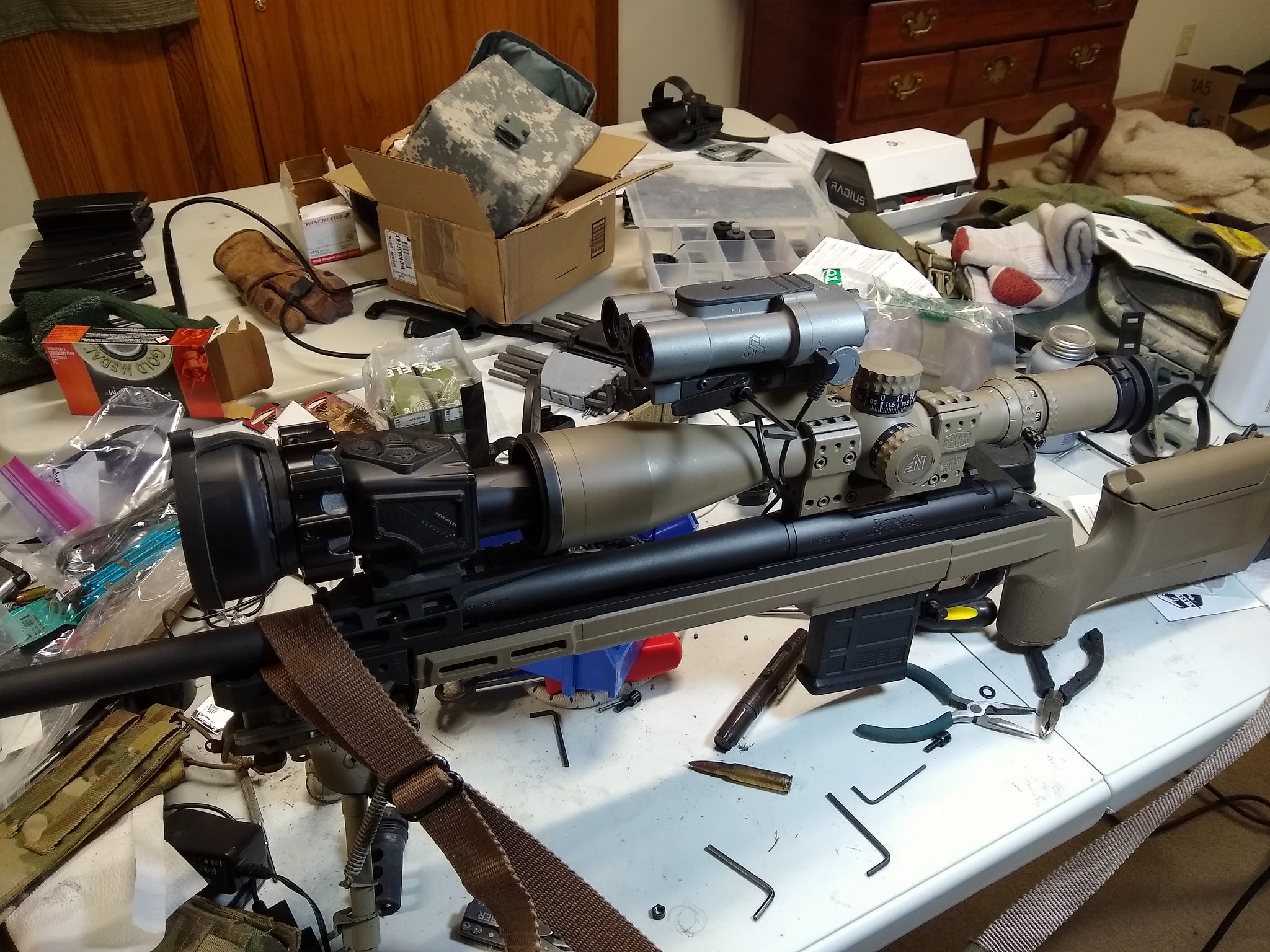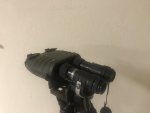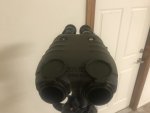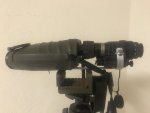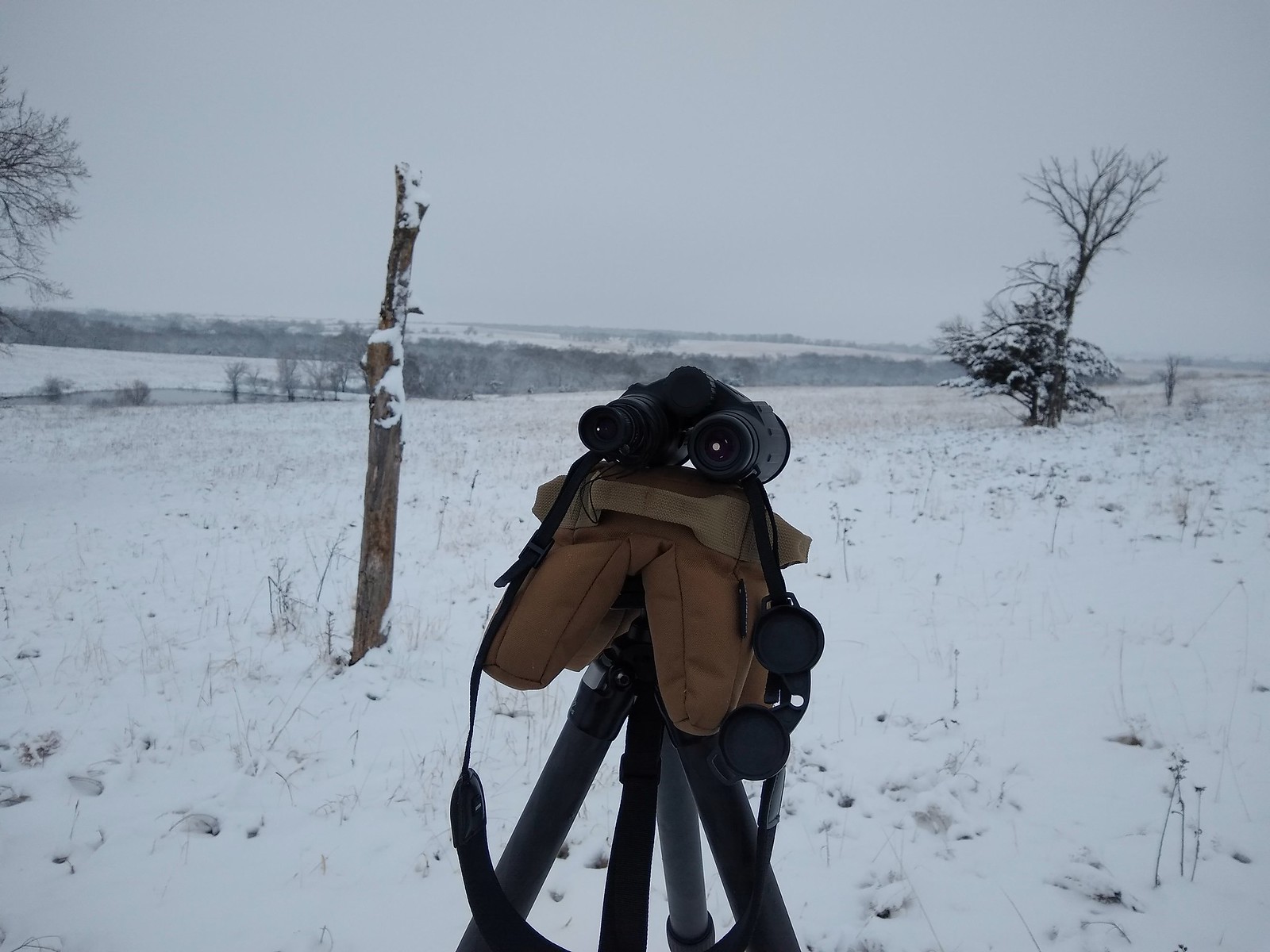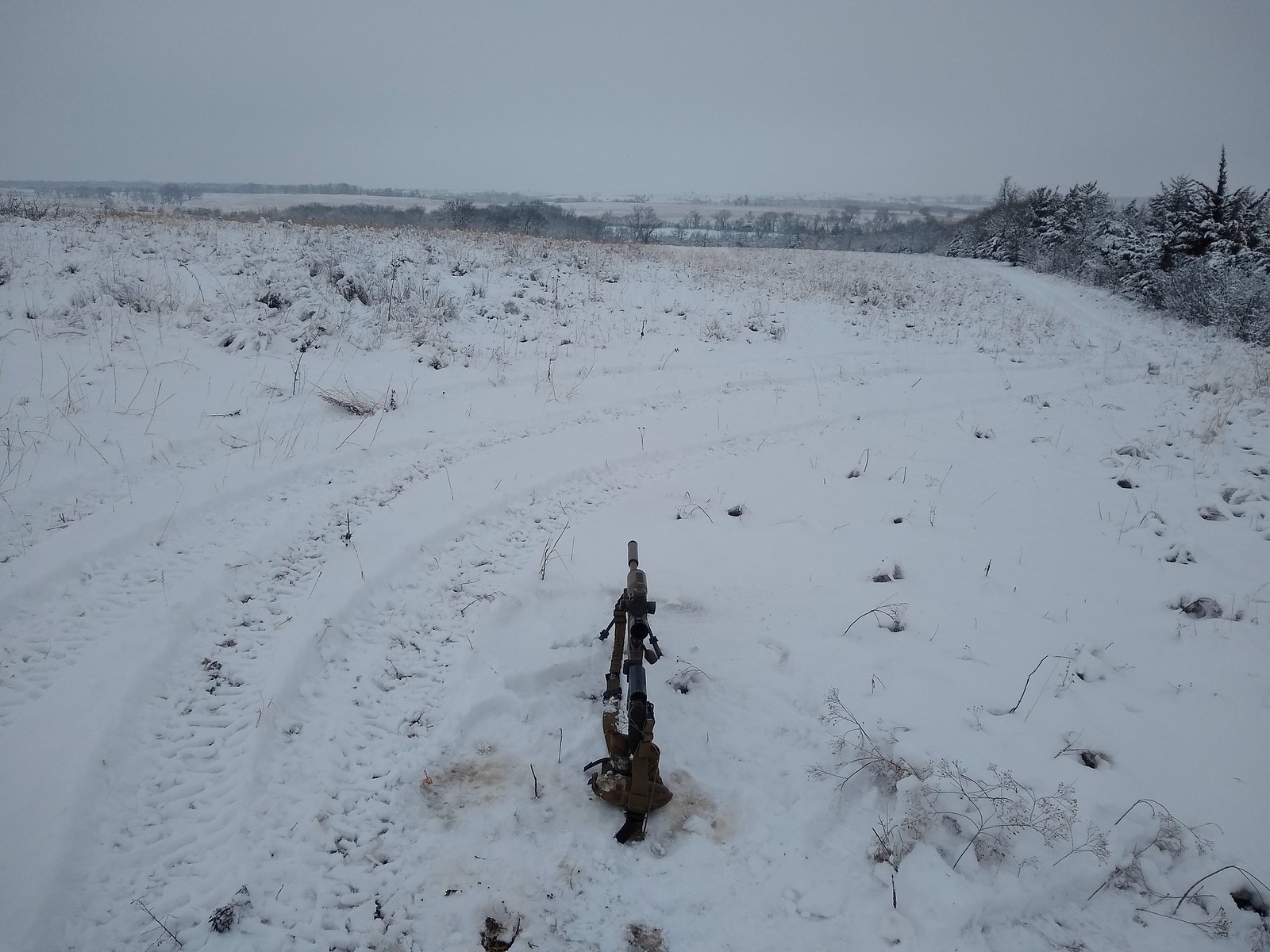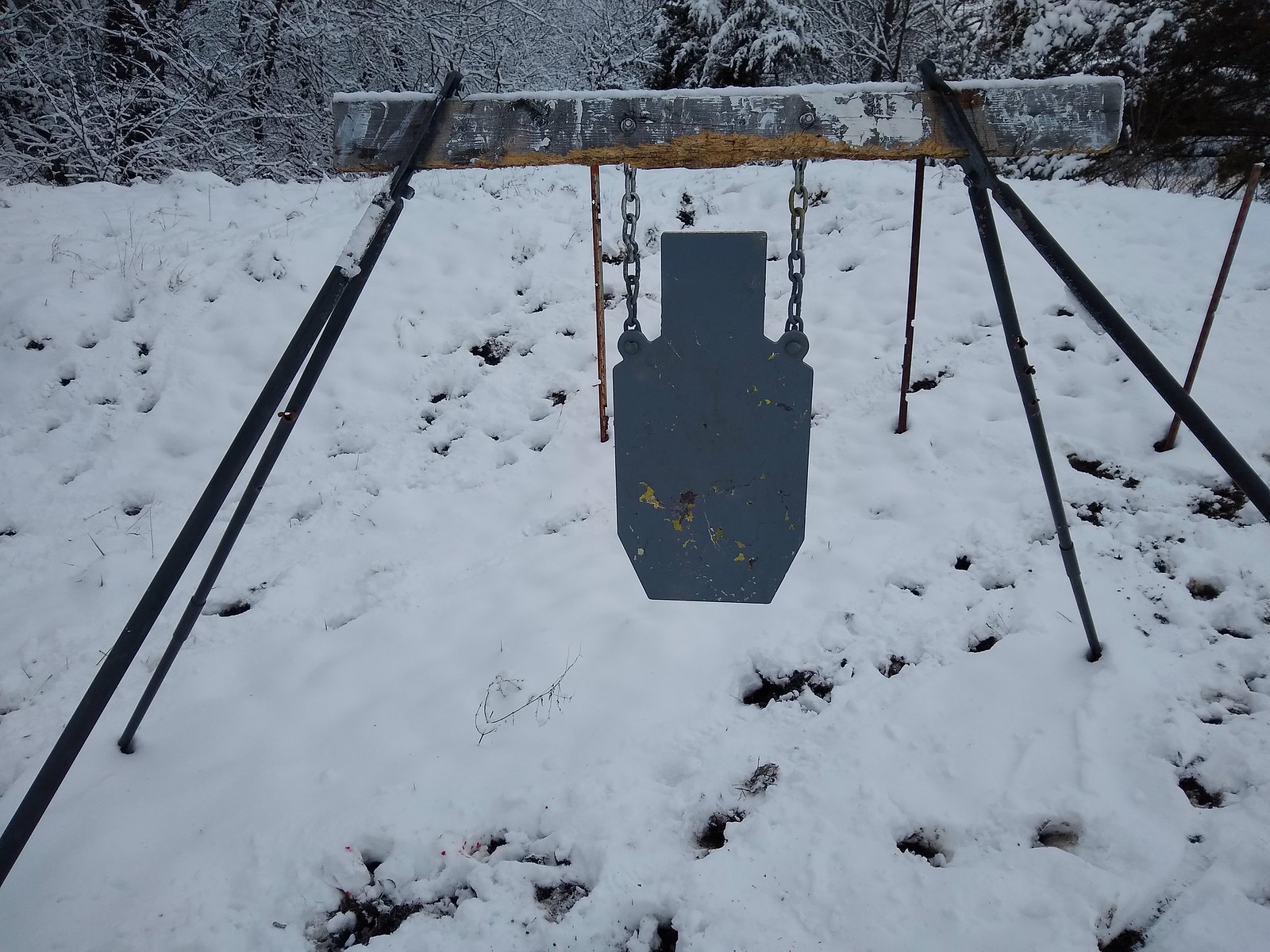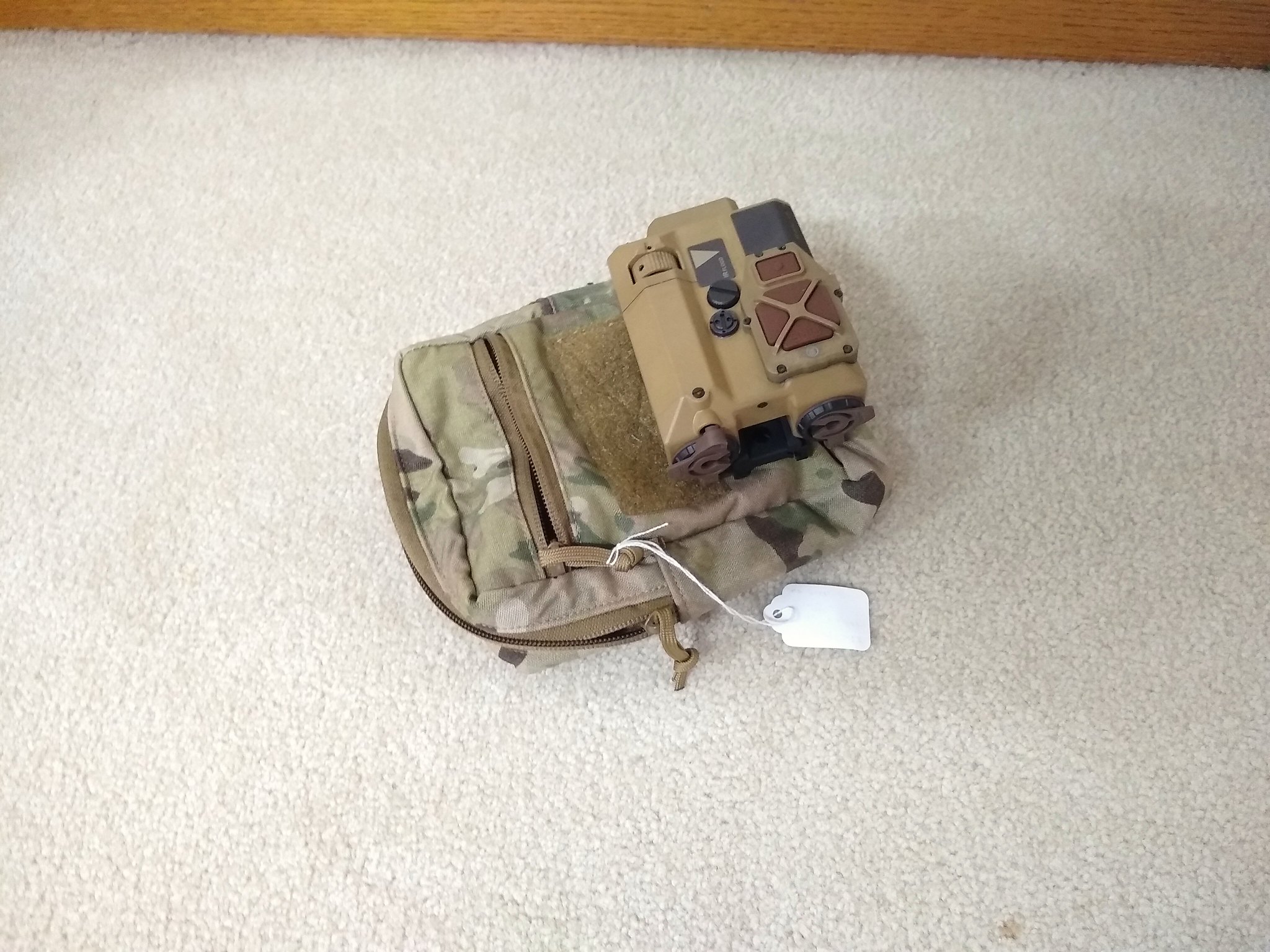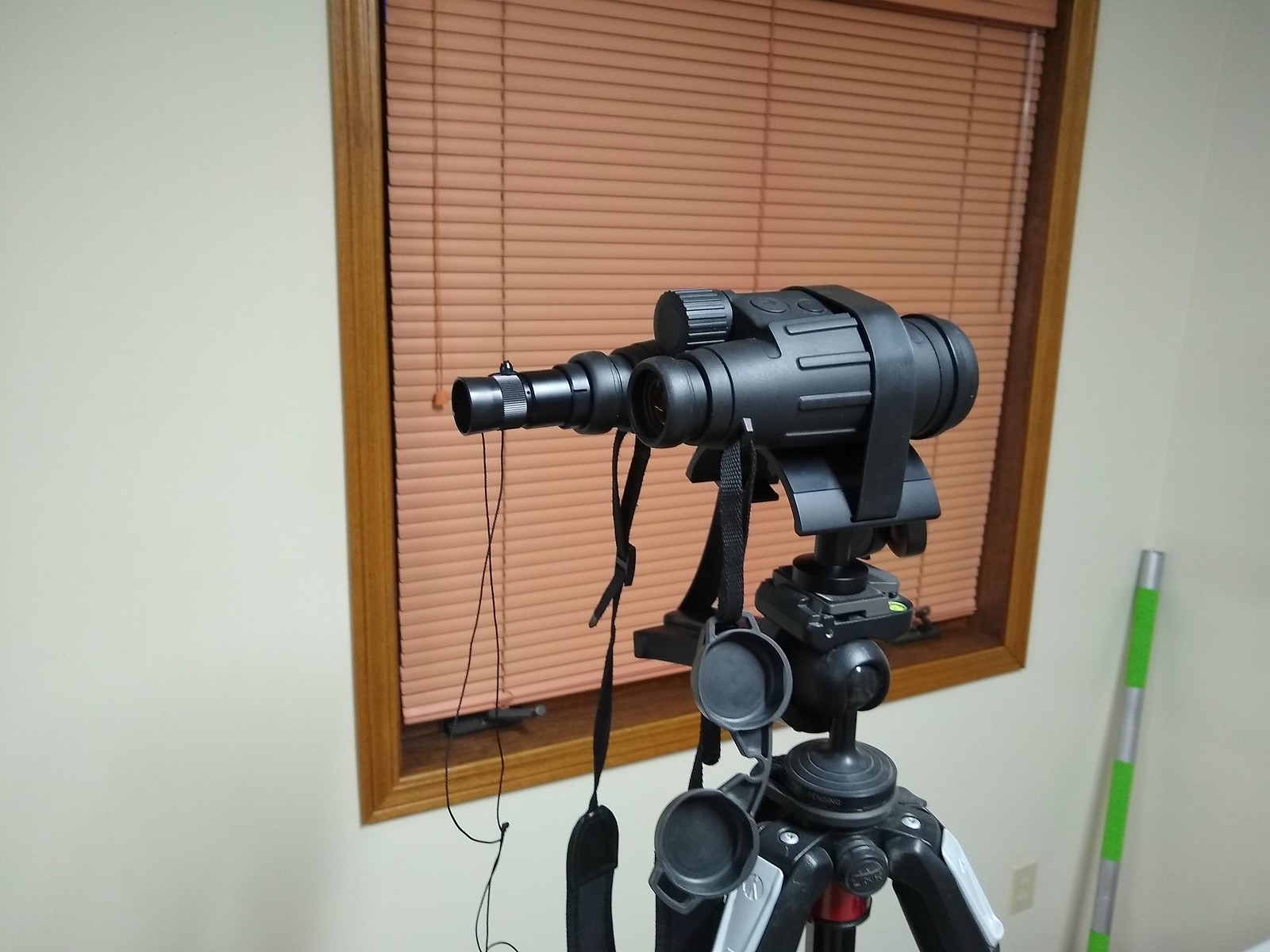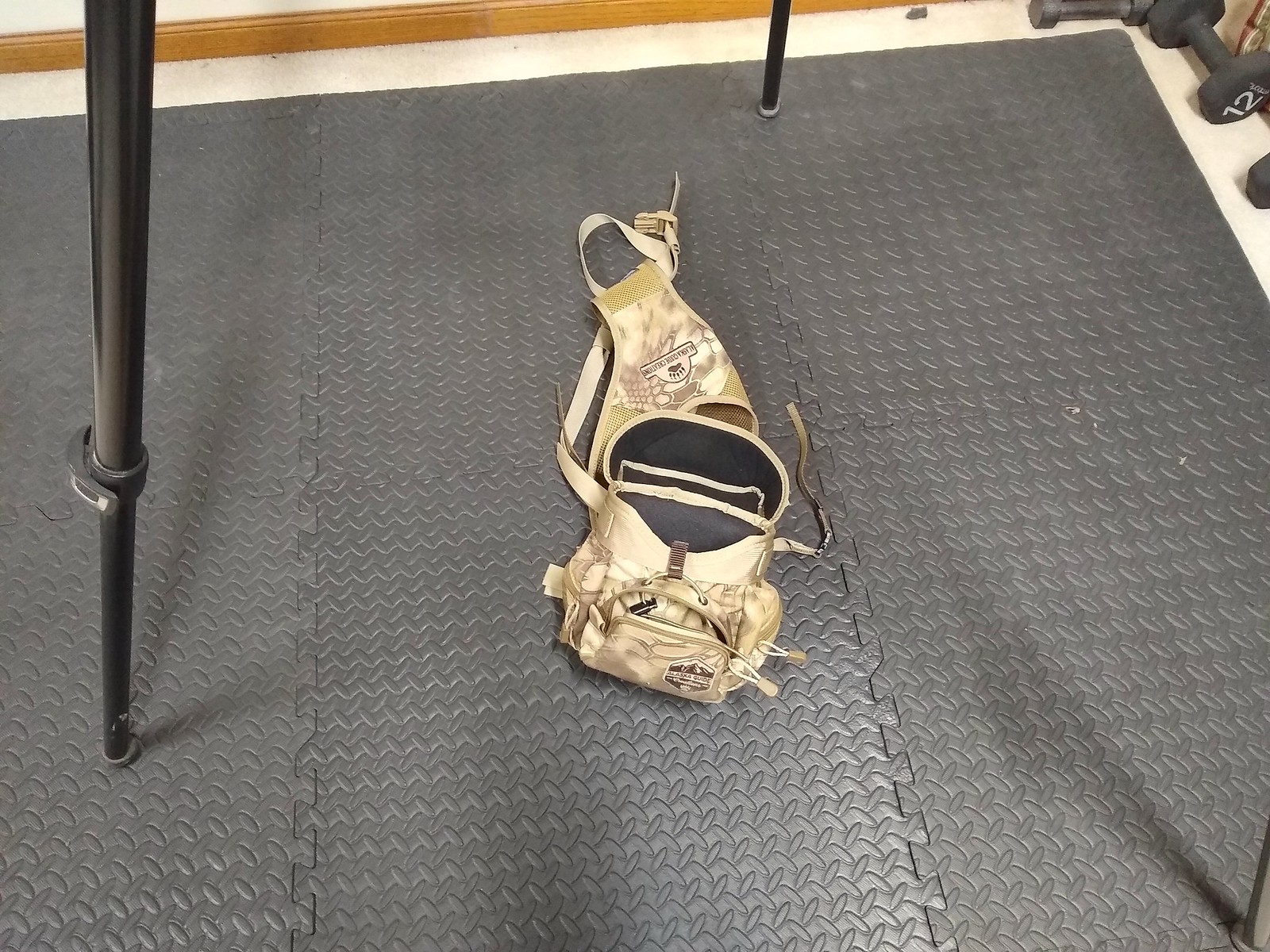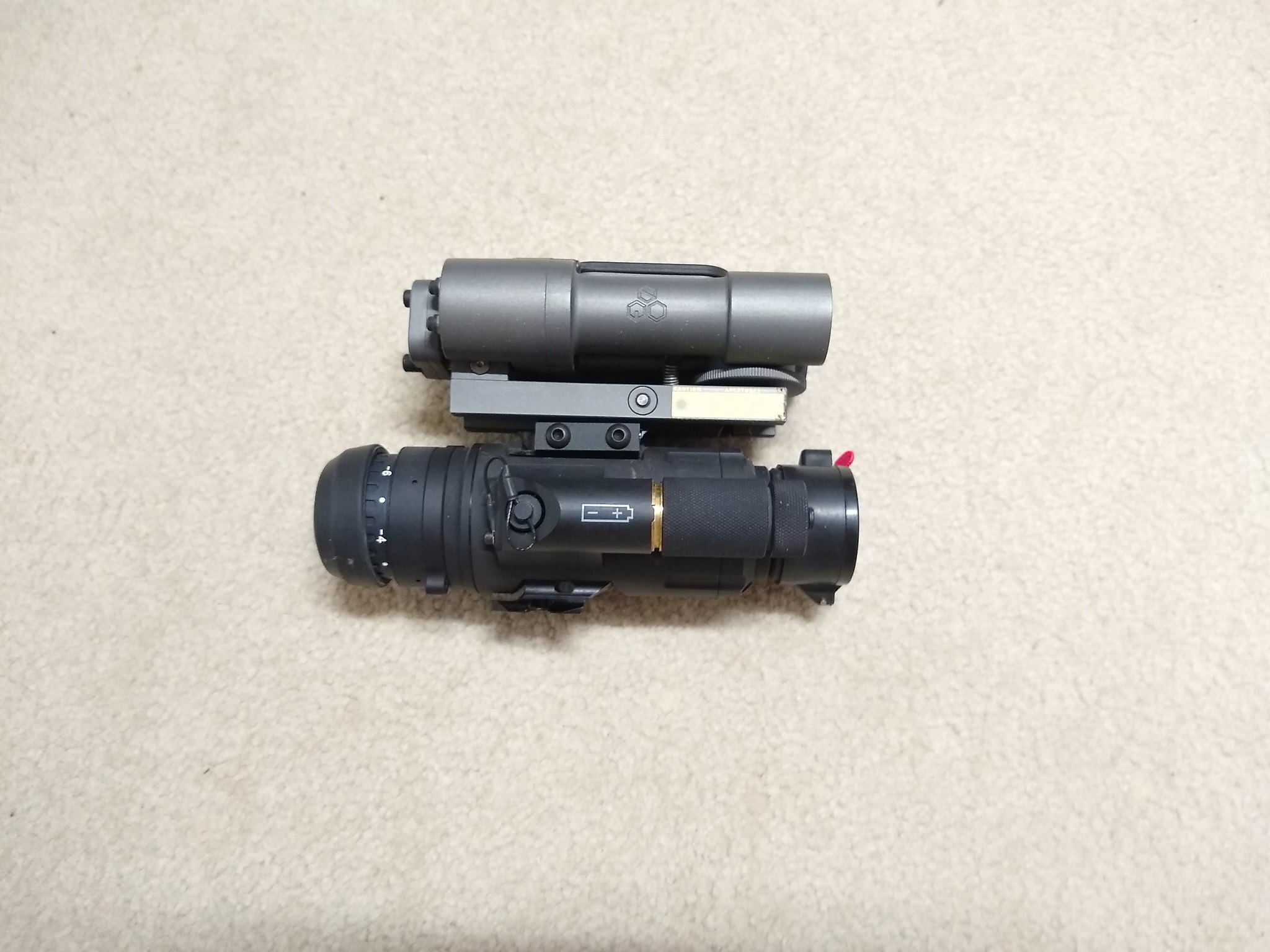Hi All , I just want to share my experience I have so far with the Wilcox RAPTAR S/ES version. To start I would like to say I'm not very good and reports so bear with me.
First off getting the RAPTAR aligned with the day scope optic was very easy as all 4 lasers of the RAPTAR are slaved together, Using the visual laser I was able to preform the 100 yard zero easily. The second, fine tune zero is done at 1000 yards, which I did in the evening to make it easier to see the laser.
You can calibrate the RAPTAR's cant once it is mounted on the rifle, you also set the inclination at level.
The unit is the one with Civilian power IR Illuminator so to cover that right off the bat it isn't very impressive compared to a Full power PEQ 15 but that is fully understandable and not one of the reasons I purchased it. On a positive note for the IR illuminator the light it provides is cleaner that that of the PEQ, just not as powerful.
The main attraction for me was the Ballistic solver along with the range finder. I find one of my weaknesses is remembering my DOPE while shooting at several unknown distances. Especially if I'm switching calibers between the 6.5 and the 308. The RAPTAR is able to store several guns in its library.
The RAPTAR also has a built in weather station that helps with the ballistic solution, also using the compass for heading and a built in Cant and Inclination meter it helps with the long shots.
So setting up the ballistic solver was easy to get it trued to my Shooter APP and checked the numbers with the Ballistics AE app.
The RAPTAR allows you to fine tune the Solver. You can enter seen impacts at two- five different locations, it asks you to do it at MACH 1 and MACH 2.
After some minor adjustments I was getting first found impacts on a MOA plate at 1000 yards.
Some daytime use on a sunny morning I was able to range a cell phone tower at a little over 2000 yards. The Ballistic solver actually gave me a hold!
Very impressed with that, its advertised as a 1550 Meter . I was able to hit a telephone pole at 2100 yards, in direct sun!
I took it out one night so far on a Coyote hunt, was running my PVS 30 and it was nice to be able to range get a drop and engage targets at unknown distances instantly. I didn't think to try it out past 2000 at night but I'm sure its possible easily!
So sorry for the unorganized review, pics to follow and if I missed anything or if there are any questions hit me up.
First off getting the RAPTAR aligned with the day scope optic was very easy as all 4 lasers of the RAPTAR are slaved together, Using the visual laser I was able to preform the 100 yard zero easily. The second, fine tune zero is done at 1000 yards, which I did in the evening to make it easier to see the laser.
You can calibrate the RAPTAR's cant once it is mounted on the rifle, you also set the inclination at level.
The unit is the one with Civilian power IR Illuminator so to cover that right off the bat it isn't very impressive compared to a Full power PEQ 15 but that is fully understandable and not one of the reasons I purchased it. On a positive note for the IR illuminator the light it provides is cleaner that that of the PEQ, just not as powerful.
The main attraction for me was the Ballistic solver along with the range finder. I find one of my weaknesses is remembering my DOPE while shooting at several unknown distances. Especially if I'm switching calibers between the 6.5 and the 308. The RAPTAR is able to store several guns in its library.
The RAPTAR also has a built in weather station that helps with the ballistic solution, also using the compass for heading and a built in Cant and Inclination meter it helps with the long shots.
So setting up the ballistic solver was easy to get it trued to my Shooter APP and checked the numbers with the Ballistics AE app.
The RAPTAR allows you to fine tune the Solver. You can enter seen impacts at two- five different locations, it asks you to do it at MACH 1 and MACH 2.
After some minor adjustments I was getting first found impacts on a MOA plate at 1000 yards.
Some daytime use on a sunny morning I was able to range a cell phone tower at a little over 2000 yards. The Ballistic solver actually gave me a hold!
Very impressed with that, its advertised as a 1550 Meter . I was able to hit a telephone pole at 2100 yards, in direct sun!
I took it out one night so far on a Coyote hunt, was running my PVS 30 and it was nice to be able to range get a drop and engage targets at unknown distances instantly. I didn't think to try it out past 2000 at night but I'm sure its possible easily!
So sorry for the unorganized review, pics to follow and if I missed anything or if there are any questions hit me up.


